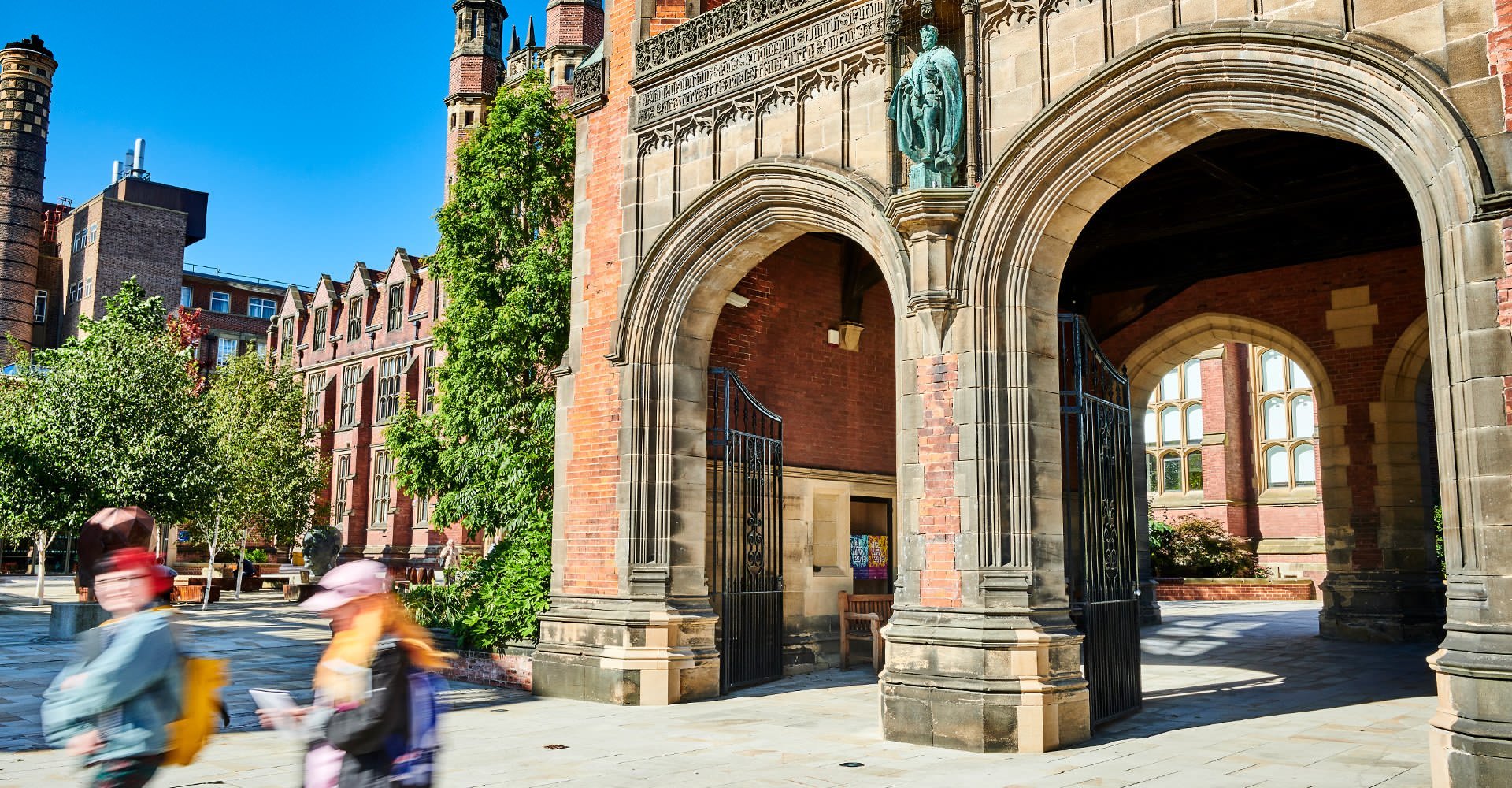SAC8001 : Creative and Cultural Sectors: Past, Present, Future
- Offered for Year: 2025/26
- Module Leader(s): Professor Ian Biddle
- Co-Module Leader: Dr Adam Behr
- Lecturer: Professor Richard Clay
- Owning School: Arts & Cultures
- Teaching Location: Newcastle City Campus
- Capacity limit: 100 student places
Semesters
Your programme is made up of credits, the total differs on programme to programme.
| Semester 1 Credit Value: | 20 |
| ECTS Credits: | 10.0 |
| European Credit Transfer System | |
Aims
Creative and Cultural Sectors: Past, Present, Future is a student-led exploration of how the culture industries developed, their present contexts, and their potential future directions. The module provides common conceptual ground, languages, and contexts to students from a range of disciplinary and professional backgrounds and with varying career aspirations. Students engage critically with world-leading research and work together to explore cross-cutting communities of collaborative practice. They deepen their cultural understanding of the creative and cultural sectors’ intellectual and practical genesis and how this might shape future directions, socially responsible practices and global contexts. The module supports students to become confident forward thinkers who anticipate and embrace on-going change and innovate to provide creative and critically informed solutions to them.
Outline Of Syllabus
The topics covered address the past, present, and futures of the creative and cultural sectors, and may include:
• Authorship
• Divisions of labour
• Clustering
• Collaboration
• Dissemination
• Audiences
• Reception
• Authenticity
• Intellectual property
• Copyright
• Changing informational technologies
Teaching Methods
Teaching Activities
| Category | Activity | Number | Length | Student Hours | Comment |
|---|---|---|---|---|---|
| Scheduled Learning And Teaching Activities | Lecture | 11 | 1:00 | 11:00 | Present in Person Lectures |
| Guided Independent Study | Assessment preparation and completion | 1 | 70:00 | 70:00 | Preparation and completion of assessment |
| Scheduled Learning And Teaching Activities | Small group teaching | 11 | 1:00 | 11:00 | Present in Person Seminars |
| Scheduled Learning And Teaching Activities | Drop-in/surgery | 5 | 2:00 | 10:00 | N/A |
| Guided Independent Study | Independent study | 1 | 65:00 | 65:00 | Reading and Research |
| Guided Independent Study | Distance Learning Advance Preparation | 11 | 3:00 | 33:00 | Online preparation materials |
| Total | 200:00 |
Teaching Rationale And Relationship
The present-in-person and non-synchronous lecture materials work together to convey knowledge about the past, present, and potential futures of the creative and cultural sectors to allow students to broaden their critical understanding and through prompted exercises, apply it to their own practices across the cultural and creative sectors.
Present-in-person small-group teaching consolidates learning from the lectures and supports students in developing and applying the concepts introduced in the lectures in their own research, application to practice, and the effective communication of it. These will foster collaboration and the consideration of how vocabularies and contexts are shared across disciplines and where they differ.
Drop-in sessions support this activity by allowing students to articulate and critically examine their ideas, learning, and their positionality in relation to the creative and cultural sectors.
Assessment Methods
The format of resits will be determined by the Board of Examiners
Other Assessment
| Description | Semester | When Set | Percentage | Comment |
|---|---|---|---|---|
| Oral Presentation | 1 | A | 100 | A multimedia presentation aimed at a professional audience about the past, present, and potential futures of a chosen area of creative and/or cultural sector practice and containing written, image-based, video and audio content as relevant to the student |
Formative Assessments
Formative Assessment is an assessment which develops your skills in being assessed, allows for you to receive feedback, and prepares you for being assessed. However, it does not count to your final mark.
| Description | Semester | When Set | Comment |
|---|---|---|---|
| Oral Presentation | 1 | M | 90 – 120 second video on how the past, present, and/or future of a chosen element of the creative and cultural industries have informed one another. |
Assessment Rationale And Relationship
The formative assessment encourages learners to critically engage with evidence pertaining to the continuities and changes that characterise the creative and culture sectors of the past, present, and future. The shorter oral form aims to support students from a range of intercultural backgrounds to build their confidence in articulating and exploring critical issues. Feed-forward will support students towards the final summative multimedia presentation.
Summative Assessment (100%): A multimedia presentation including video, text, images as appropriate. Additional task-specific assessment criteria are as follows and align directly to knowledge and skills outcomes and are as follows:
• Evidence of a theoretically and analytically informed definition of the topic for a chosen case study, shaped by engagement with and understanding of appropriate primary and secondary research. (K1., K2, S4)
• Demonstration of how the chosen topic allows for exploration of the past, present and future of an area of cultural and creative practice, research, enterprise or innovation. (K.3; S1;
• Analysis of chosen case study and its relevance to key stakeholders in order to make meaningful conclusions about its development and suggest areas of innovation for the future and explain them. (K1; K2; S3).
• Coherence and structure of the presentation and critical analysis, including appropriate academic tone at postgraduate level and effective display of examples and analysis. (S2; S3)
Reading Lists
Timetable
- Timetable Website: www.ncl.ac.uk/timetable/
- SAC8001's Timetable
